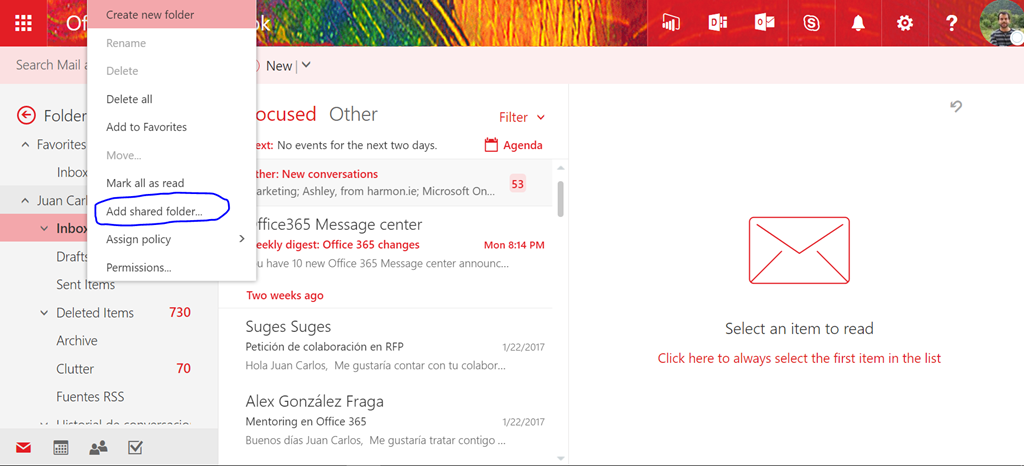


By subscribing to these detailed reports or generating them on demand, you can proactively stay on top of what’s going on across your both Exchange Server and Exchange Online and quickly spot and investigate threatening actions, thereby shielding your critical assets from a breach. The solution does not simply report that an Office 365 user gained access to another mailbox it also shows exactly which items the user viewed, edited or deleted. Netwrix Auditor for Exchange enables you to stay abreast of all changes and access events across your Exchange Server and Exchange Online, including events when someone opens another user’s mailbox. Therefore, it’s critical for IT administrators to know whenever someone in Office 365 accesses another user’s mailbox or a shared mailbox, and also be able to track exactly what they did during each access session. Users who have been granted Office 365 full access permissions to a shared mailbox or another user’s mailbox can do far more than read messages they can delete emails, alter or copy mailbox content, and even forward sensitive emails to third parties - any of which could threaten your data security or result in data loss.

Open PowerShell → Run the following command to connect with Exchange Online instance and enter your credentials in the pop-up window: A shared mailbox in office 365 is: Free and do not require a license, but every user that accesses the Shared Mailbox must be assigned an Office 365 license.How to Detect Who Was Accessing Shared Mailbox in Office 365.Note: to work with these your Office 365 Admin will first have to create the Shared Mailbox and delegate access to the appropriate people… These must be licensed users. makes it easy to give their manager or replacement access to historical emails.we can convert a departing staff member to a shared mailbox and redeploy their Office License to another user.yes they can still benefit from the Spam Control settings in Exchange.there’s no license cost for shared mailboxes however if you don’t apply a license to them they you cannot use Microsoft’s Advanced Threat Protection to protect them so extra care should be taken with the messages in there.

there’s effectively no limit to the number of them but we recommend keeping it sensible.There’s a few scenarios where they are useful and things to consider:


 0 kommentar(er)
0 kommentar(er)
